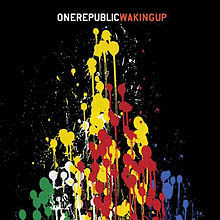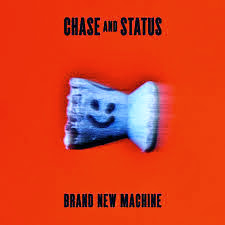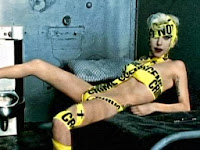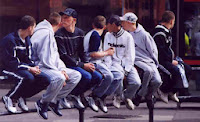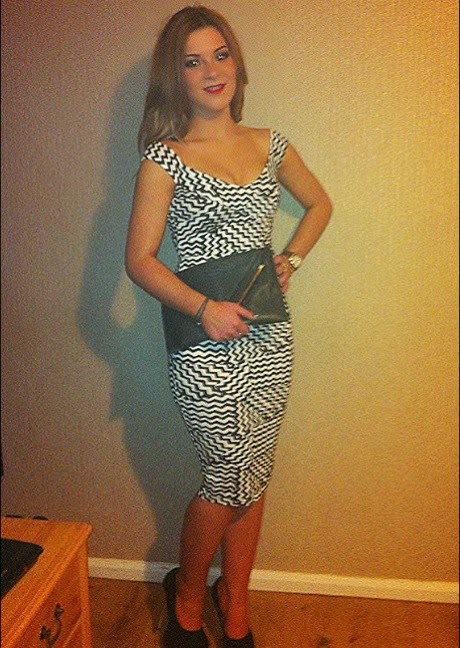Audience Theories
Stewart Hall - Reception Theory - 1980
Introduction to the Reception Theory
This theory says that these media texts are encoded by the producer and are full of ideologies, values and messages. Where as the text is decoded by an audience, however not all audiences will respond and decode media texts in the same way but sometimes they will respond in the correct way the producer wanted them to. However, most of the time the audience will not respond how the producer intended the messages to be.
Stewart Hall identified three different audience types;
- Dominant or Preferred
- Negotiated
- Oppositional
Dominant being how the producer wants you to see a media text and agree with the message it is conveying.
Negotiated is when the audience compromise with the media text, this is where they understand and agree with parts of the producers encoded media text but disagree with parts as they have their own opinion on the text and not what others want them to believe.
Oppositional is when the audience completely rejects the encoded message and create their own meaning of the media text.
Depending on what audience type we are depends on a number of factors such as; age, gender, mood at the time, culture and so on.
How this can be related to my own product
Uses and Gratifications Theory - Blumler and Katz 1974
Introduction to Blumler and Katz Theory
The model is broken down into four certain needs;
- Surveillance
- Personal Identity
- Personal Relationships
- Diversion
Surveillance need is based around the idea that people feel better having the feeling that they know whats going on around them. We use the mass media to be more aware of the world, gratifying a desire for knowledge and security.
Personal Identity need explains how being a subject of the media allows us to reaffirm the identity and positioning of ourselves within society.
Personal Relationships (comes in two parts)
Relationships with the media - We can form the relationship with the media. Many people use the television to form companionship. The television is an often intimate experience, especially when watching alone or in silence and by watching the same people on a regular basis we often feel very close to them as if we almost know them. Even though the relationships are completely one-sided, its easy to see how we can fall in love with TV personalities.
Using the media within relationships - Another aspect to the personal relationships model is how we use the media as a springboard to our own relationships with real people. A favourtie TV programme could be a conversation starting therefore beginning to build the relationship on the media topic.
Diversion need is described as what is commonly termed as escapism. Basically it is seen as watching TV programmes to forget about our own lives and think about something else. We watch music videos to take our mind off everyday live. We like to see if other people are experiencing the same feelings we are feelings as we do and forget about our own problems.
How this can be applied to my own work
Two Step Flow Theory - Lazarsfeld - 1940
Introduction to Two Step Flow Theory
The Limited Effects
- Lazarsfeld found that 5% of people changed their voting behaviour as a result of messages.
- Audiences exposure to election broadcasts turned out to be a relatively poor predictor of their voting behaviour. Particularly when compared with other factors such as their interpersonal communication with friends, union members,business colleagues and the political tradition they had grown up in.
This showed that we are more likely to believe and consume something if it is recommended by friends and family or people we know.
Two Step Flow - General Conclusions
Conclusions from their research are as follows;
- Our responses to media messages will be mediated through our social relationships, the effects of media messages being limited by relationships and group membership.
- Some people play a more active role than others.
- There are some people amongst the media audience who act as opinion leaders. They see themselves and are seen by others as having an influence on others opinions and decisions.
Why is personal interaction more influential than the media?
- In a face to face conversation, the critical distance between the partners is less than in mass communication.
- In face to face interaction the communicator can rapidly adjust to the receiver's personality. They direct feedback as to the success of the communication, can correct misunderstandings and counter challenges.
The Selective Filter Model - Joseph Klapper 1960
Moral Panics - Stanley Cohen 1972
Introduction to The Selective Filter Model
Stage 1 - The audience has a choice to engage with the media and what types of media they're exposed to. The viewer must choose to view, read or listen to the content of specific media.
Stage 2 - Selective Perception - The audience can then choose whether they wish to accept the message being conveyed. The audience may or may not accept the message.
Stage 3 - Retention - The audience then has to remember a message in order for it to take effect. The messages have to stick in the mind of those who have accessed the media content.
Therefore we cannot please all audiences and the audience have to accept of reject media messages. The media has limitations within its self as it can not control how people will react.
Moral Panics - Stanley Cohen - 1972
Introduction to Moral Panics
- He looked at how the 'mods' and 'rockers' were perceived in the public eye.
- The main criticism was that these people were seen to be a threat to the law and order largely through the way to mass media represented them known as 'control culture'
- This type of media representation is knows as 'sensationalising'
- Moral Panics were created about the effect the film had on groups of teenagers and encouraging social deviance.
- The Youth at the time did not seem to feel like they were being encouraged by the violence.

